Pentagon UFO whistleblower claims people have been killed by 'non-human intelligences' and says US government will do ANYTHING to protect the secret
- David Grusch served 14 years in the Air Force before going public with his claims
- He says the government has been lying for decades about discovering UFOs and extra-terrestrial life
If there is no air in space, then how does the Sun burn?
Good question! The sun doesn't burn by combustion - an exothermic oxidation reaction (chemical, interaction between atoms).
A thermonuclear fusion reaction occurs on the Sun. The hydrogen bomb, in general, is only very large.
Artemis I - First Flight Test of NASA’s Deep Space Exploration System
- Artemis I will be the first integrated flight test of NASA’s deep space exploration system: the Orion spacecraft, Space Launch System (SLS) rocket and the ground systems at Kennedy Space Center in Cape Canaveral, Florida. The first in a series of increasingly complex missions, Artemis I will be an uncrewed flight that will provide a foundation for human deep space exploration, and demonstrate our commitment and capability to extend human existence to the Moon and beyond. During this flight, the uncrewed Orion spacecraft will launch on the most powerful rocket in the world and travel thousands of miles beyond the Moon, farther than any spacecraft built for humans has ever flown, over the course of about a three-week mission.
Artemis I - Mission Time
- Originally, the mission was planned to follow a circumlunar trajectory without entering orbit around the Moon. However, current plans have the Orion spacecraft spend approximately three weeks in space, including six days in a distant retrograde orbit around the Moon.
Rotation of the moon
Due to tidal interactions, the Moon is, as it were, tied to the Earth and always faces it with the same side. However, modern computer technology and a large number of detailed images of the Moon obtained by the Lunar Reconnaissance Orbiter made it possible to create this video about the rotation of the Moon.
The video begins with a familiar view of the Earth's moon. However, shortly after the start, the Eastern Sea, located just below the equator, enters the frame - a huge crater with a dark center, which is difficult to see from Earth. The entire lunar month is compressed into a 24-second video. It is clearly seen that on the side of the Moon facing the Earth, there are many dark lunar seas, while on the far side there are more light hills.
How to watch the Artemis 1 launch
- What: NASA launches the Artemis 1 mission, sending an uncrewed spacecraft to orbit the moon
- Date: Saturday, Sept. 3, 2022 i
- Time: Launch window opens at 2:17 p.m. EDT
- Location: Kennedy Space Center, Florida
- Online stream: Live on CBS News in the video player above and on your mobile or streaming device
Artemis I - Power of 8 Jumbo jets
- 2 million pounds of thrust from the core stage's four RS-25 engines could keep eight 747 jumbo jets in flight. The 3.6 million pounds of push from each of two solid-fuel boosters could power 14 four-engine jumbo jets.
Artemis I - Retro processor
- The core stage flight computer, which controls all aspects of the rocket's climb to space, uses the same type Power PC microprocessor as a long-out-of-date G3 Macintosh Powerbook. The specialized operating system, however, is much more efficient.
Artemis I - Fuel load & shrinkage
- When loaded with 537,000 gallons of liquid hydrogen at minus 423 degrees Fahrenheit, the huge fuel tank in the SLS core stage will shrink by about 6 inches in length and 1 inch in diameter. The rocket's liquid oxygen tank will shrink by an inch and a half in length and about 1.3 inches in diameter.
- Because of that shrinkage, everything that connects to the tanks — ducts and vent lines, brackets, etc. — must attach with accordion-like bellows for flexibility.

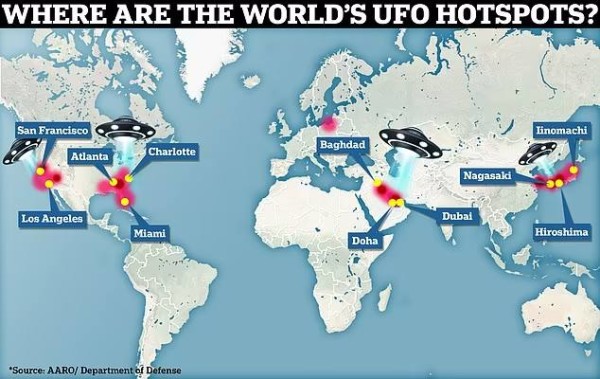

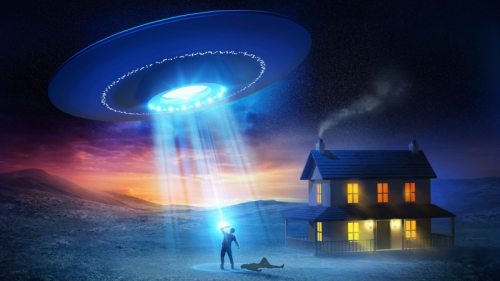
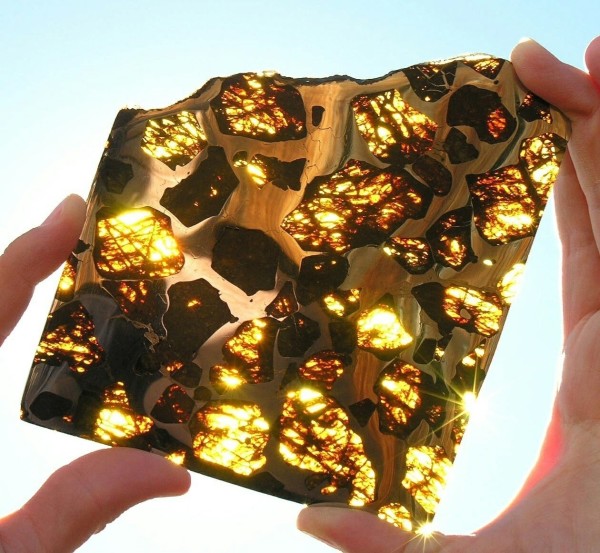
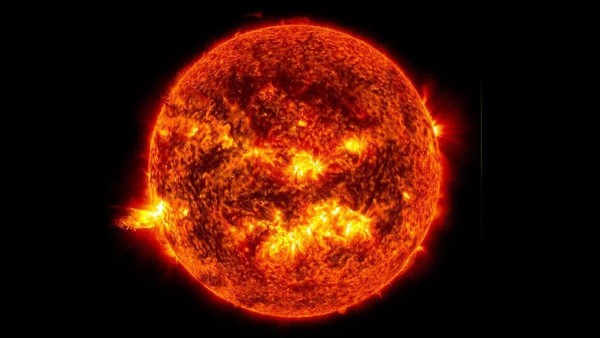
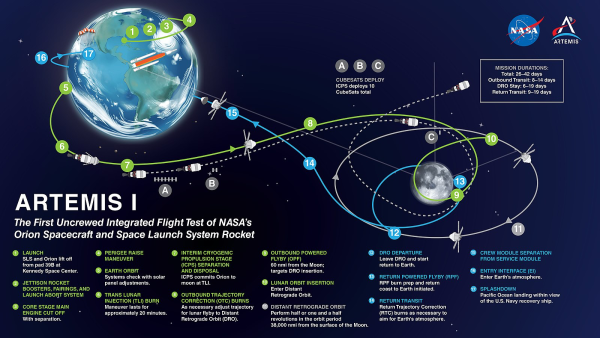
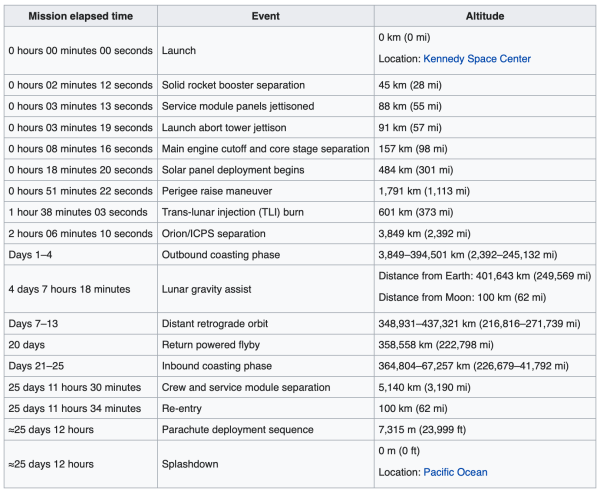
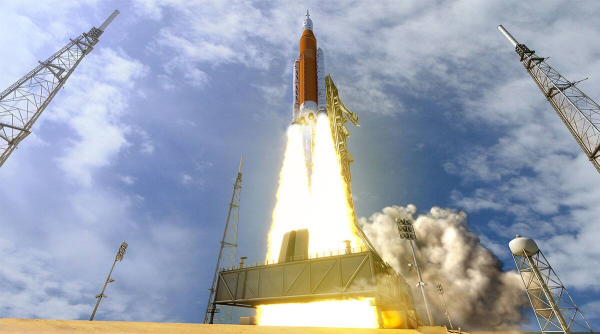
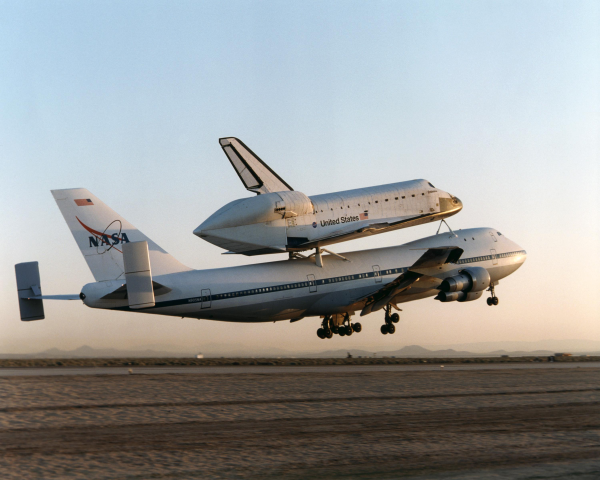
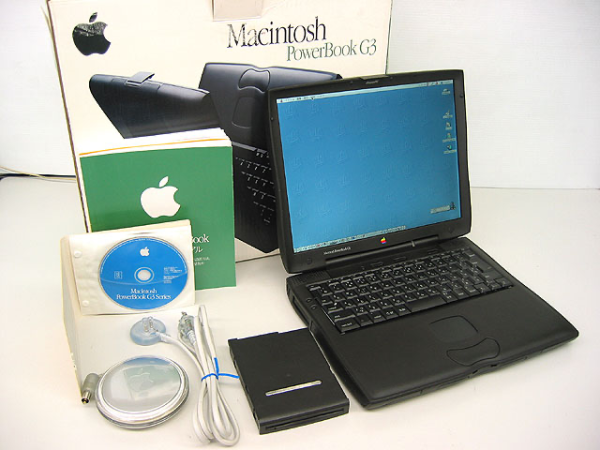
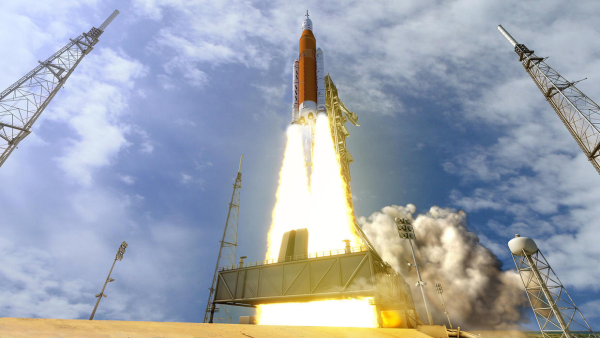
-
·
·How cool is that!